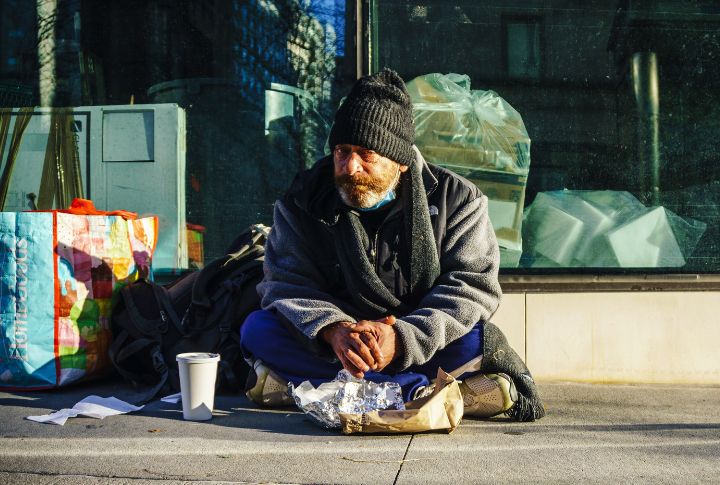
In one of the wealthiest places on Earth, over 180,000 people sleep without shelter each night. It’s a complex issue with no single cause and no easy fix. What led to this emergency? Digging deeper reveals overlapping problems that demand urgent attention. Here are ten major reasons behind California’s worsening homelessness crisis.
Soaring Rents Push Families Into Cars
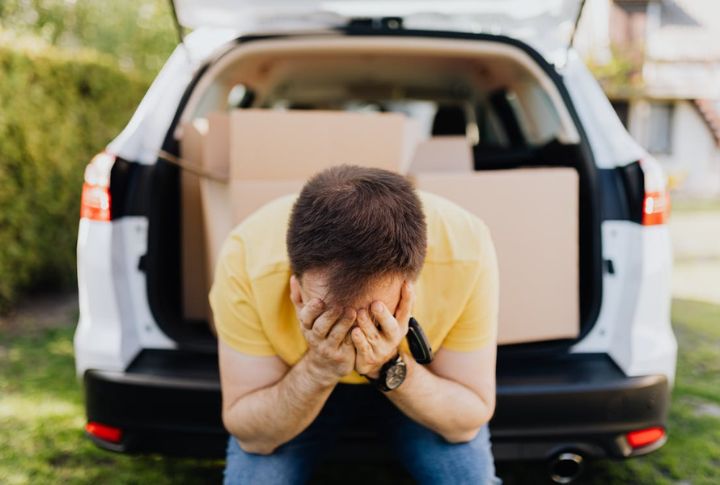
Median rent in California exceeds the national average, leaving people with little financial cushion. Entire families move into cars and vans just to stay together. In some cities, roadside encampments have doubled, painting a stark picture of just how costly “home” has become.
Mental Health Services Fall Short

Access to psychiatric care continues to shrink. Beds disappeared decades ago, but the need hasn’t. Today, many wait months for basic mental health support. Without consistent treatment, vulnerable individuals spiral through cycles of crisis, which makes it harder to hold housing or hope together.
Limited Affordable Housing Construction
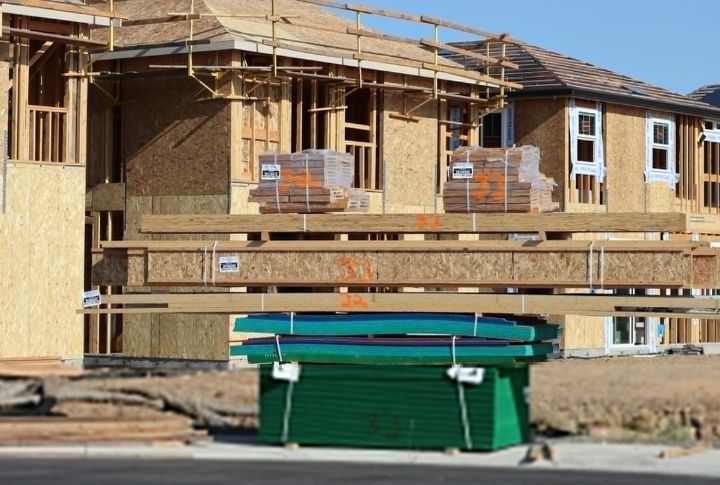
California needs to triple its annual construction pace to catch up. Between permit delays and community pushback, new affordable units are trickling in far too slowly. Without homes, the best job or clean record won’t shield someone from sleeping outside.
Evictions Spike After Pandemic Protections End

Eviction filings increased significantly once the moratoriums were lifted. Many renters owe back payments with no clear path forward. Even renters with jobs face growing rejection for assistance like Section 8. It’s become harder to stay than it is to fall through the cracks.
Growing Population With No Safety Net
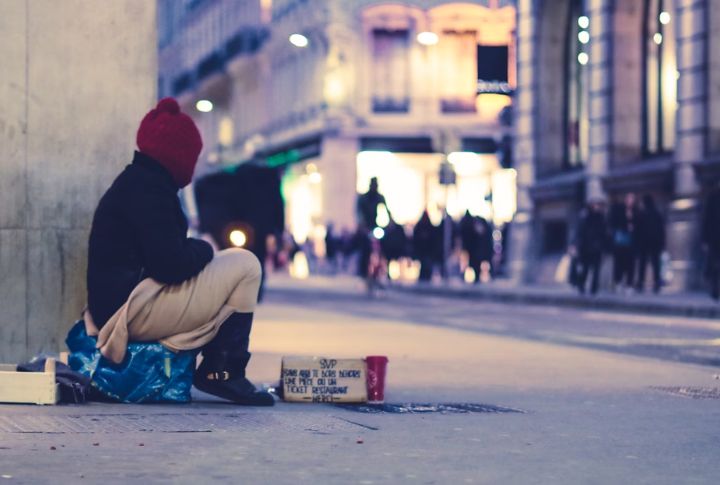
California’s unhoused population exceeds 150,000 and continues to rise. People arrive from other states hoping to start fresh but face the same housing crunch. With few options and limited resources, people are forced to sleep on sidewalks before they’ve even unpacked a suitcase.
Overburdened Shelters Leave Many Outside

Most unhoused Californians spend the night outdoors. Beds are few, waitlists are long, and curfews make shelter life difficult. Some shelters lack the capacity to serve even 20% of those who seek help. As a result, a sleeping bag becomes the only consistent fallback.
Income Inequality Hits Extreme Levels

The tech boom didn’t come with middle-class housing. Top earners soar, while minimum-wage workers fall behind fast. A full-time job no longer guarantees a roof. In high-cost areas, working two jobs still doesn’t guarantee access to stable, long-term housing.
Natural Disasters Displace Thousands

Wildfires and mudslides uproot families who can’t bounce back. With homes destroyed and insurance gaps unfilled, many are left with no way to rebuild. Each disaster swells the unhoused population, turning climate catastrophe into a housing crisis multiplier.
Criminal Records Trap People On The Streets
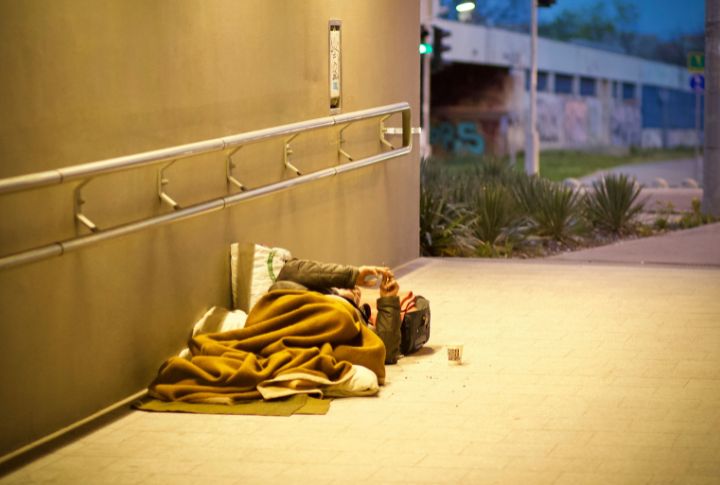
A history of incarceration locks doors tight. Shelters and landlords turn away individuals with records, regardless of how long ago or how minor the offense was. One mistake can leave someone sleeping rough for decades, with no second chances in sight.
Aging Population With No Retirement Savings
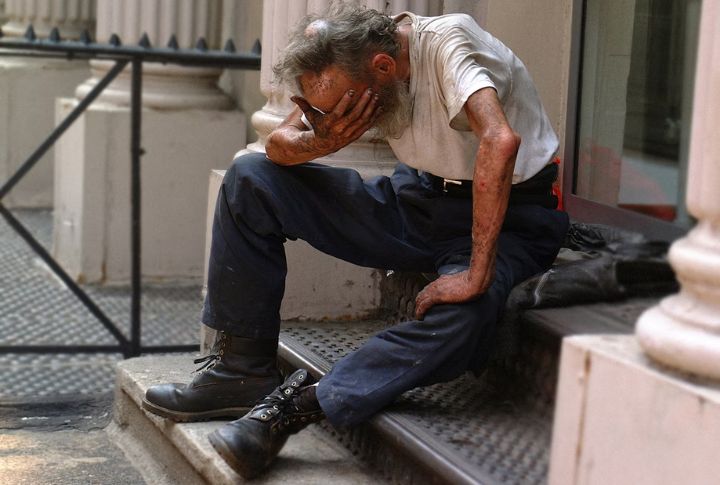
California’s homeless population is getting older. Seniors living on fixed incomes can’t keep up with rent spikes or medical bills. Many fall into homelessness after one unexpected expense. For some, sidewalks become the final chapter of a life spent working hard.
